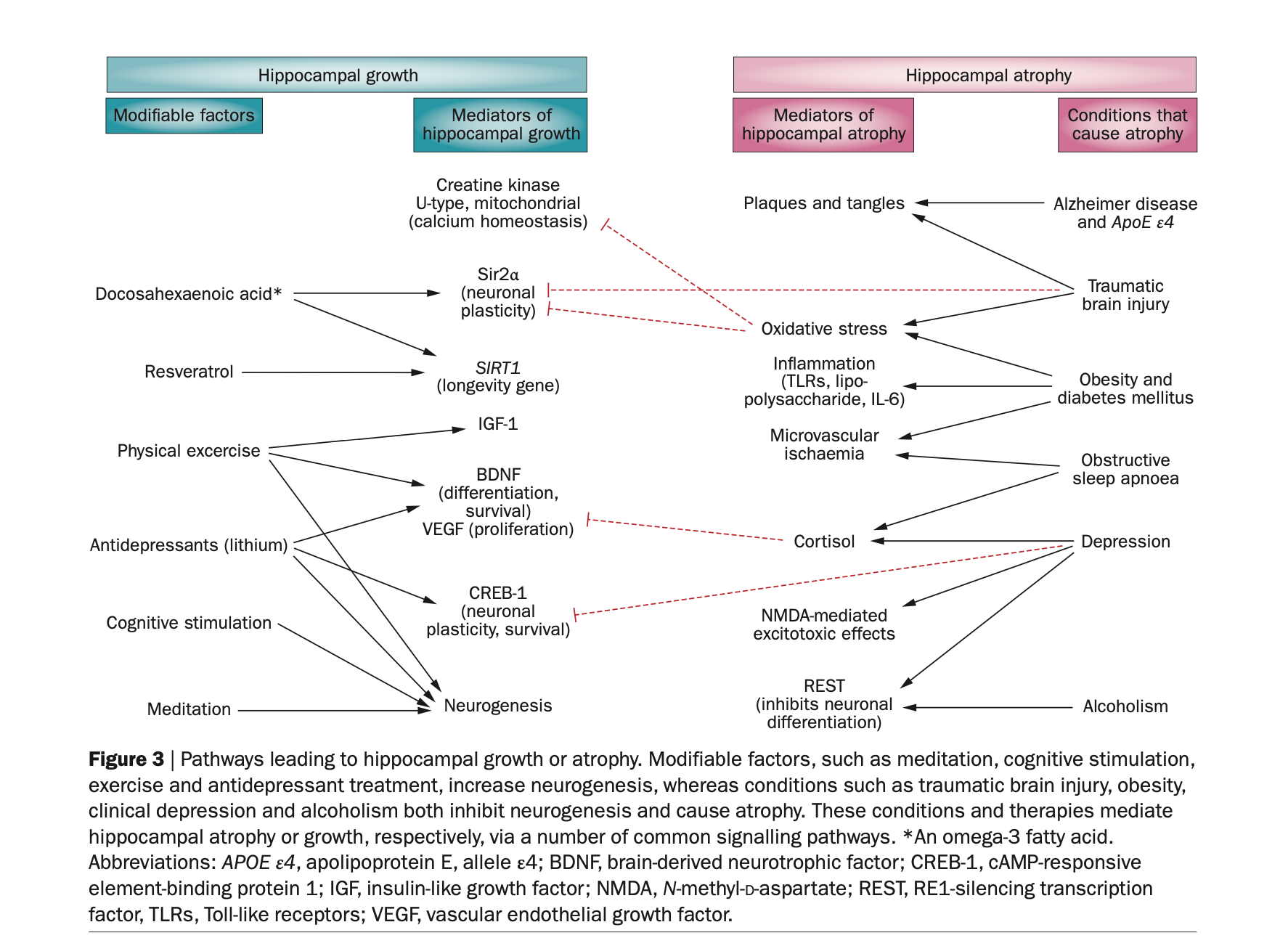
Alzheimer Scan
Alzheimer’s disease is now the third leading cause of death in the United States, and the development of effective treatment and prevention is a major healthcare goal. However, clinical trials of drug candidates for Alzheimer’s disease treatment have been almost uniformly unsuccessful. However lifestyle changes are showing great promise for treatment and prevention.
Bredesen, Dale E, Kenneth Sharlin, David Jenkins, Miki Okuno, Wes Youngberg, Sharon Hausman Cohen, Anne Stefani, et al. “Reversal of Cognitive Decline: 100 Patients.” Journal of Alzheimer’s Disease & Parkinsonism 08, no. 05 (2018). https://doi.org/10.4172/2161-0460.1000450.
Loss of volume of a part of the brain known as the hippocampus is visible on magnetic resonance imaging and may precede the diagnosis of Alzheimer disease by up to 10 years and any clinical symptoms by up to four years. Early diagnosis is important as there are several new lifestyle treatments that can be started even before symptoms occur.
Tondelli, Manuela, Gordon K. Wilcock, Paolo Nichelli, Celeste A. De Jager, Mark Jenkinson, and Giovanna Zamboni. “Structural MRI Changes Detectable up to Ten Years before Clinical Alzheimer’s Disease.” Neurobiology of Aging 33, no. 4 (April 2012): 825.e25-825.e36. https://doi.org/10.1016/j.neurobiolaging.2011.05.018
Your Alzheimer Scan report will specifically measure the volume of your hippocampus and other brain structures which are biomarkers for Alzheimer disease risk. These will be compared it to calculated normal volumes corrected for your head size, age, and gender.
Other risk factors for Alzheimer Disease such as obstructive airway disease, sinus disease, fungal infection, dental disease, vascular disease, and trauma will also be evaluated on the scan.
Repeat Alzheimer Scans can be used to show improvement in your hippocampal volumes and other biomarkers as you adopt healthy lifestyle and other wellness interventions.
New research suggests that treatment of modifiable risk factors can increase the volume or prevent atrophy of the hippocampus. According to this hypothesis, a multidisciplinary approach, which involves strategies to both reduce neurotoxicity and increase neurogenesis, is likely to be successful in delaying the onset of cognitive impairment with aging. Further research on the constellation of interventions that could be most effective is needed before recommendations can be made for implementing preventive and therapeutic strategies.
Fotuhi, Majid, David Do, and Clifford Jack. “Modifiable Factors That Alter the Size of the Hippocampus with Ageing.” Nature Reviews Neurology 8, no. 4 (April 2012): 189–202. https://doi.org/10.1038/nrneurol.2012.27.

MR is a safe, low-risk imaging modality
MR is a safe, low-risk imaging modality MRI scans are fast, pain-free, and unlike some other imaging modalities, they don't expose you to harmful radiation.
![[www.mrisi.org][666]ScreenShot2019-12-16at5.43.47PM.png](https://images.squarespace-cdn.com/content/v1/5e751373150f015ef76b829e/1584733177534-LJR2LC3VIIHYHQEYOXQE/%5Bwww.mrisi.org%5D%5B666%5DScreenShot2019-12-16at5.43.47PM.png)

